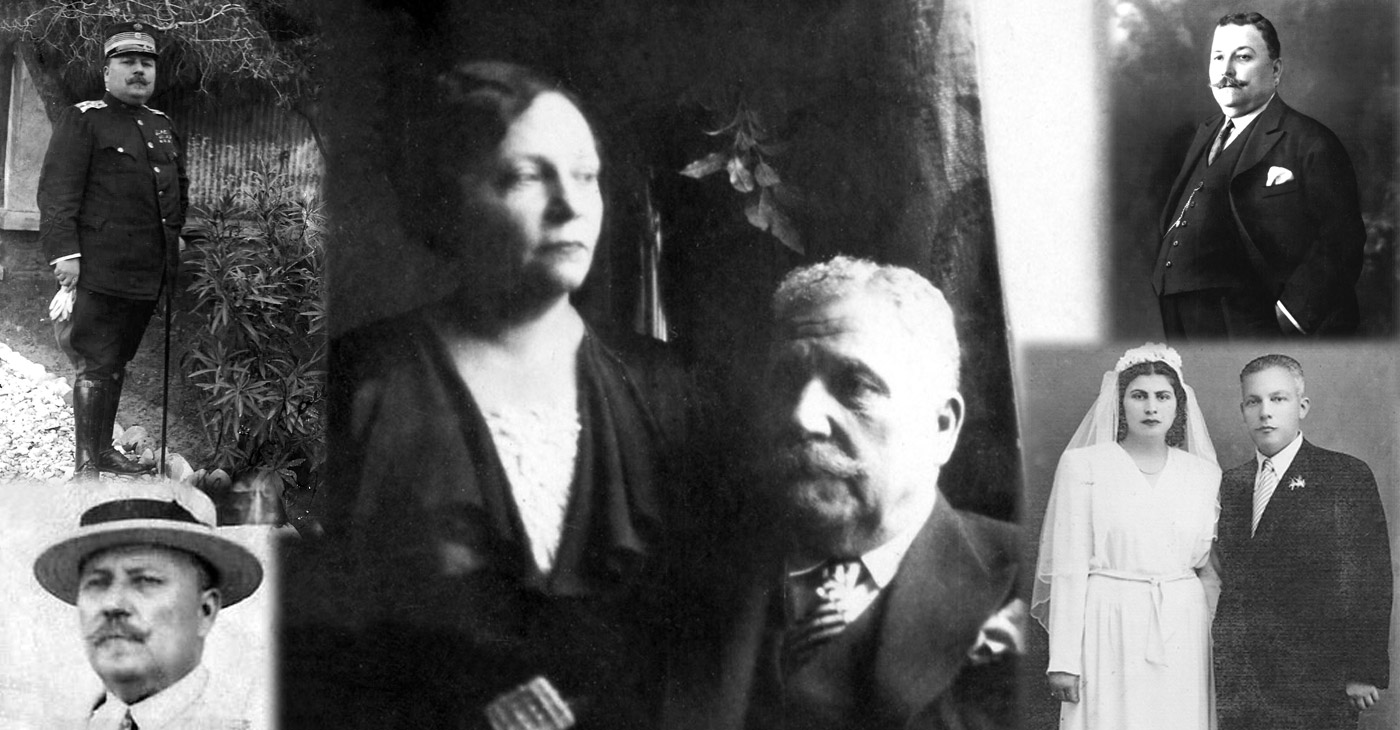HISTORY
OUR HERITAGE
The name of the village, “Spilia”, means “Cave” in Greek, and it comes from a real cave with long tradition and history that is just 400 meters from the hotel: The cave of Saint John the Hermit, located on a hillock called “Marathokefala”, where now the church of the Saint stands.
The village was inhabited at least since the Venetian era of Crete, and it was for centuries a center of religion and high architecture. Today, you can find numerous churches and chapels in the area, made in different unique architectural styles, the oldest of them dating back to the 14th century.
Spilia Hotel consists of two parts:
In the first part – the old one – you can find the reception, the hall where the breakfast is served, the tavern, the event venue, the swimming pool and twenty of the hotel rooms.
In the second part – the new building – located exactly after the little bridge, you can find the other ten of the hotel rooms.
The hotel reception is located in the exact place where an old olive press used to be, and which was operating up until 1978. Today you can find the remnants of its distant past at the pretty old millstones and the press that now welcome the hotel guests, both living a second, more relaxed, life…
Also, in the place where the hotel tavern is currently located, there used to be a Venetian house, and then a Turkish house which lied in ruins, surrounded by an orange tree orchard.
These two places, the old olive press (now the reception) and the orange tree orchard with the old buildings lying in ruins (now the tavern) were the first that were bought from the current owner. He was the first to realize that behind this inaccessible clutter of ruins, there was yet another piece of historic, architectural heritage.
Most of the rooms of the old building used to be parts of old houses, and all of them were restored and formed according to the original constructions. Each and every room is unique and authentic, as the rooms’ architectural structures are based on the original form of the old building.
While the new building was based on the architecture of the old one, the shape and the dimensions of the rooms are almost the same among them.
It was in 2000 that the current owner of Spilia Village Hotel, Emmanuel Tripodakis, paid his first visit to the village, in an impulsive quest to find his ancestral origins. It was his grandfather, born in 1871, who was raised in the then occupied by the Turks “Spilia” village, left the village in 1890 to study in Athens, and later went into politics, sided with the historic party of Eleftherios Venizelos – by far the prominent Greek politician of his time who was also born in the Chania region – and became the MP of the Kissamos region of Chania.
His decision to purchase the old houses and create the hotel in this particular area was an act of nostalgia, blended with the need to belong somewhere and to have something of his own in the place where his grandfather was born. Until now, Spilia Village Hotel keeps this spirit, paying great love and respect to whatever bonds us with the past and shedding the light to all that certify our existence and our continuity through time.



